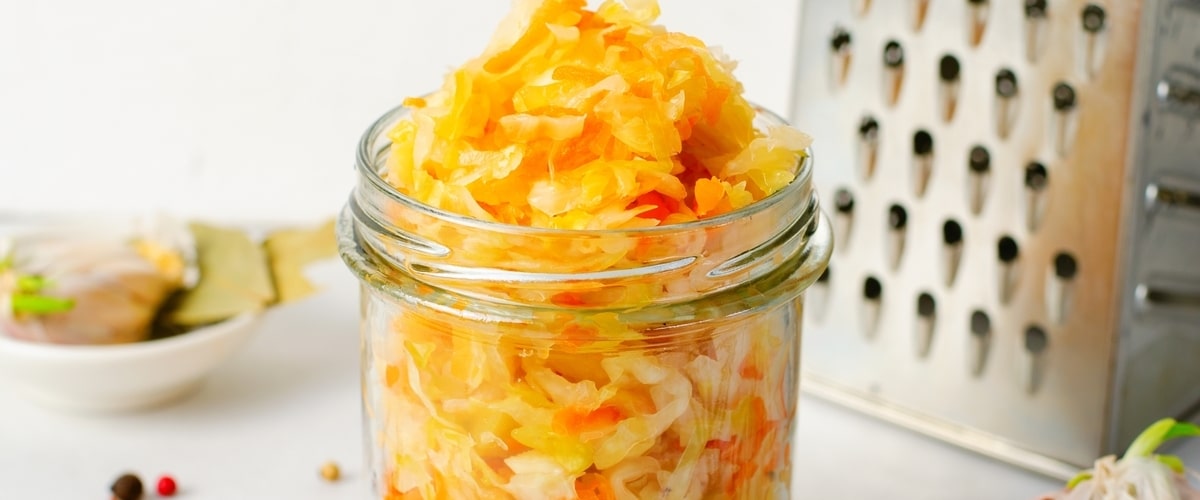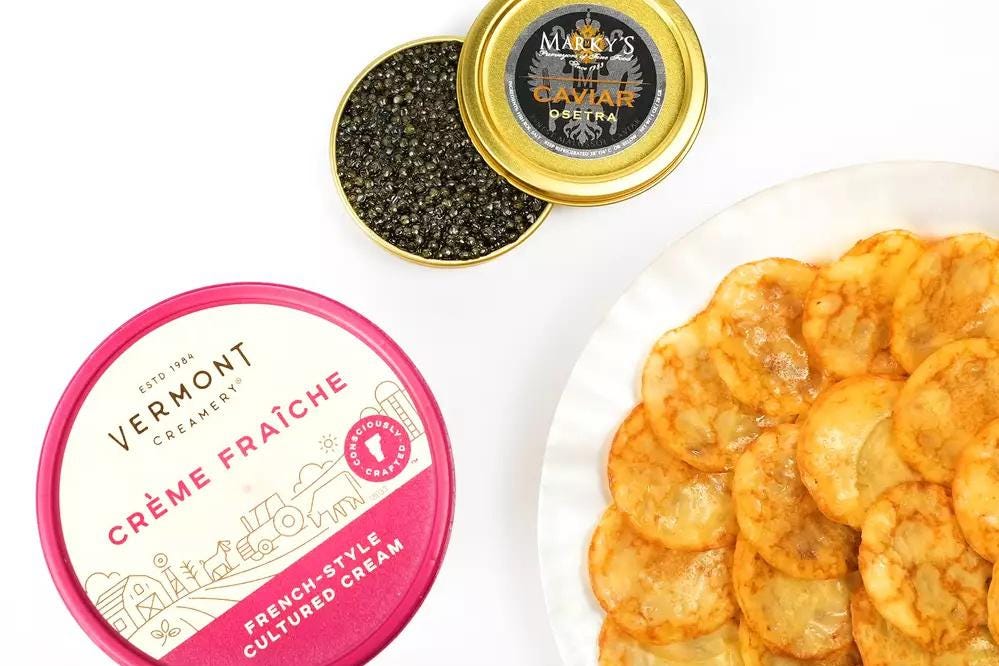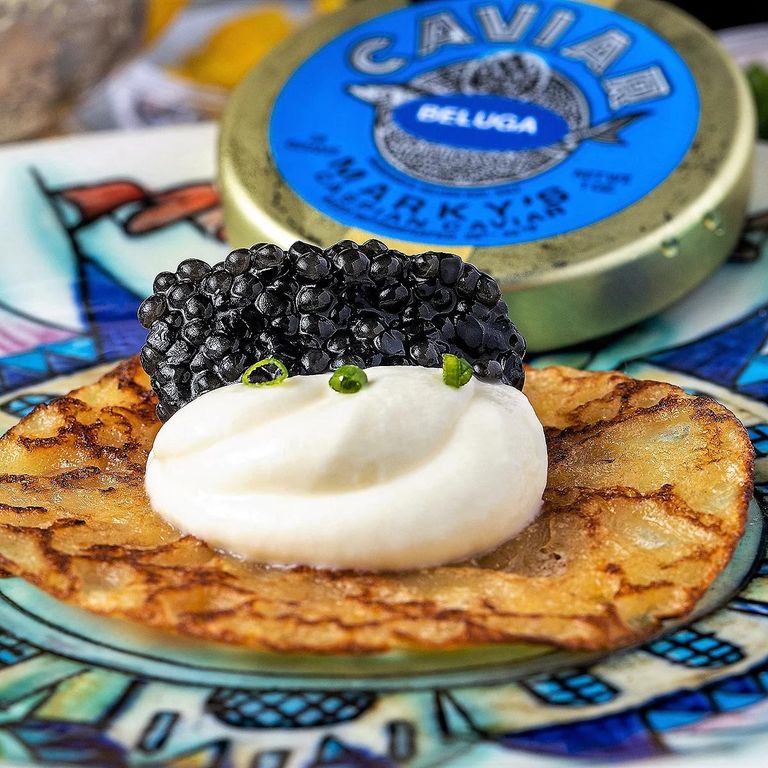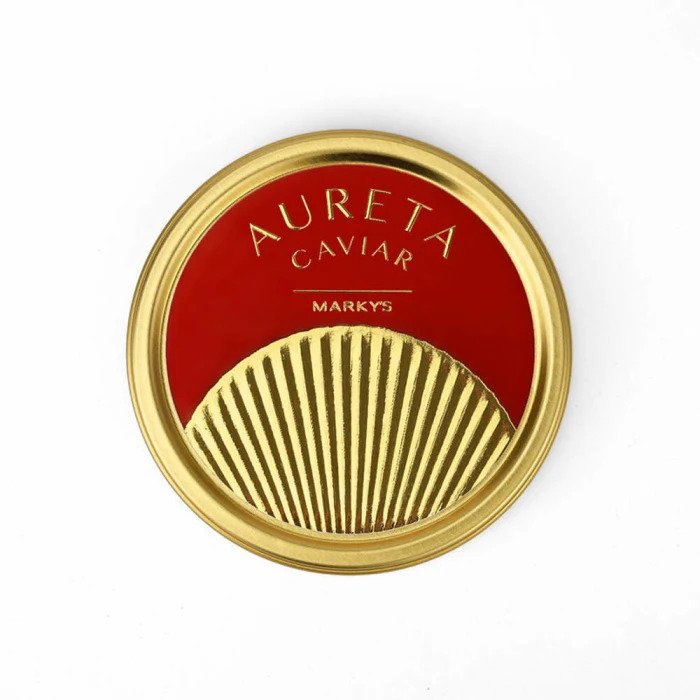The Art of Fermentation: A Guide to Probiotic-Rich Foods
Category : Food Stories, Party Ideas, Recipes, Press Room |
Posted : Apr 29, 2024
The pursuit of well-being and health imprints a significant footprint on today's culinary culture, steering aficionados towards nutrient-dense superfoods and unconventional cooking methods. One such integral element of this health-conscious march is the art of fermentation, a time-honored practice that's resurging as a potent player in improving gut health. For the gourmet and the wellness-minded, fermenting at home offers a deliciously beneficial voyage into the world of probiotic-rich foods. This comprehensive guide caters to health enthusiasts and fermentation novices alike, offering valuable insights into fermenting your own foods and unlocking the benefits of these gut-loving creations.
Understanding Gut Health and Probiotics
The gut microbiome, an ecosystem of trillions of bacteria residing in our intestines, is a hotbed of renewed scientific interest. It plays a crucial role in digestion, nutrient absorption, and even immune function. Probiotics, or 'good' bacteria, and prebiotics, their food source, are pivotal components in maintaining a healthy gut flora.
The Marvel of Microbes
The gut microbiome isn't a blanket term for all gut bacteria; it's a complex and diverse assembly of microbes unique to each individual. These microorganisms are intricately linked to various bodily functions, including the synthesis of vitamins, digestion of complex carbohydrates, and fortification of the immune system.
Nurturing With Probiotics
Probiotics are live bacteria that, when consumed in sufficient quantities, confer health benefits. Fermented foods are a natural source of probiotics and provide a diverse array of beneficial strains that can help restore and maintain the delicate balance of the gut microbiome.
The Prebiotic Prelude
Prebiotics are non-digestible fibers that enable 'good' bacteria to flourish. They are abundant in foods such as onions, garlic, bananas, and whole grains and play a crucial role in prepping the gut for the beneficial bacteria introduced via probiotic foods.
Fermentation Techniques: Turning Food Into Superfood

Fermentation is a metabolic process that converts carbohydrates—such as sugars and starches—into alcohol or organic acids using microorganisms—yeasts or bacteria—under anaerobic conditions. It's the magic behind many of our beloved probiotic-rich foods.
The Alchemy of Fermentation
During fermentation, microorganisms break down the sugars and starches in food, which not only preserves it but also makes it easier to digest and enhances its nutritional profile. As a bonus, fermentation often gives rise to complex, unique flavors that titillate the palate.
From Cabbage to Kombucha: Fermented Favorites
Sauerkraut, a cornerstone of Eastern European cuisine, and kimchi, its spicy Korean cousin, are two of the most popular fermented foods. Yogurt, kefir, and kombucha are other household favorites. We'll explore the process behind these superstars and how to integrate them into your diet.
The Benefits Unearthed
The practice of fermenting food predates our written history, with culture after culture hailing it not just for its flavor but for its health benefits. Probiotic-rich foods are often easier to digest, promote better nutrient absorption, and boost the immune system.
Recipes for Probiotic-Rich Foods: Crafting Your Fermented Feast
The most rewarding part of the fermentation process is often the outcome—the delicious and tangy ferments that grace our dining tables. Here are recipes to ensure your foray into fermentation is as delectable as it is healthful.
Simple Sauerkraut: A Beginner's Ferment

Sauerkraut epitomizes the simplicity and robust flavor of fermented vegetables. A head of cabbage, some salt, and a mason jar are all you need to produce this probiotic powerhouse. The crunch of homemade sauerkraut, paired with its piquant tang, is unbeatable.
Ingredients
- 1 medium head of cabbage, cored and shredded
- 1 tablespoon of sea salt
Instructions
- In a large bowl, mix the shredded cabbage with the sea salt.
- Massage the cabbage to release its juices. This might take 5-10 minutes.
- Pack the cabbage into a jar and press it down, using the juices that were released.
- Ensure the cabbage is submerged in its juices to prevent spoilage.
- Cover the jar with a lid and allow it to sit at room temperature for at least three days.
- After three days, transfer the sauerkraut to the refrigerator.
Kimchi: The Art of Spiced Fermentation
This Korean side dish is a symphony of flavors and often contains intense heat from Korean red pepper flakes, earthy ginger, and pungent garlic. Its probiotic punch and versatile use make it a fierce favorite at the fermentation fiesta.
Ingredients
- 1 medium Napa cabbage
- 1/4 cup sea salt
- 4 cups water for brining
- 1 tablespoon grated ginger
- 1 tablespoon sugar
- 4 garlic cloves
- 2 tablespoons fish sauce
- 1 tablespoon shrimp paste (optional)
- 2 tablespoons Korean red pepper flakes
Instructions
- Cut the cabbage into bite-sized pieces.
- Dissolve the sea salt in the water, then combine with the cabbage and allow to brine for 2 hours.
- Rinse the cabbage, then mix in the remaining ingredients.
- Pack the cabbage into a jar, pressing it down to minimize air bubbles.
- Cover and allow to ferment for three days at room temperature, then refrigerate.
Kombucha: The Elixir of Fermented Tea
Kombucha tea is fermented using a scoby, or "symbiotic culture of bacteria and yeast." It's a sweet, slightly fizzy drink lauded for its detoxifying properties and is one of the tastiest vehicles for probiotics.
Brewing Guide
- Boil a gallon of water, then add a cup of sugar and 4-6 bags of black or green tea.
- Allow the sweet tea to cool to room temperature, then transfer to a glass container with the scoby.
- Cover the container with a cloth and rubber band to keep out fruit flies.
- Allow to ferment for 7-14 days, depending on the desired level of acidity.
- After fermentation, remove the scoby and transfer the liquid to individual containers for the second fermentation.
- Seal the containers and allow them to ferment for another 3-7 days, then refrigerate.
Benefits of Incorporating Probiotic-Rich Foods
The inclusion of probiotic foods in your diet can yield a host of health boons, with the most notable enhancement being a flourishing gut flora.
Digesting the Delights of Fermentation
Fermented foods are an excellent source of live cultures, making them integral in improving digestion, reducing instances of indigestion, and promoting regularity.
Enhancing Immunity with Nature's Bounty
Up to 70% of our immune cells reside in the gut, rendering a healthy gut microbiome instrumental in staving off infections and diseases. Regular consumption of probiotics may bolster your immune system.
Mental Health: The Second Brain's Symbiotic Secret
Our gut has a profound impact on mental well-being, and probiotics are being studied for their role in alleviating symptoms of anxiety and depression.
Conclusion: A Call to the Fermenting Arts
This exploration into the world of fermentation and probiotics uncovers a dimension of cooking that is both ancient and avant-garde, combining the wisdom of our ancestors with the innovations of modern science. As the curtains draw on our culinary debut, the spotlight shines on fermenting, a practice that not only contributes to our palates but to our overall health. It's an invitation to roll up your sleeves, grab your mason jars, and join the legion of fermenters championing their health and taste buds through the alchemy of fermentation. Start small, with a jar of sauerkraut or a batch of kombucha, and watch as these living foods transform your well-being. Raise your glass to the gut, for it is the origin of health—and in fermentation, we trust.













